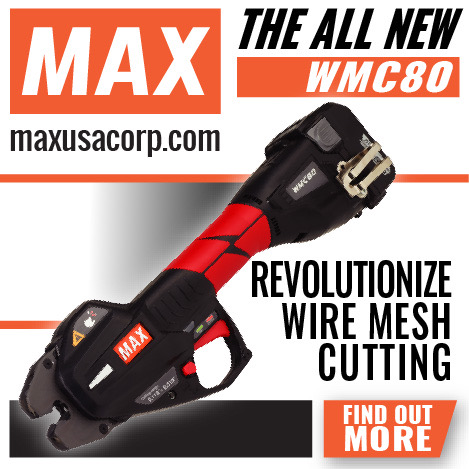OSHA announces policy change on monorail hoists in construction
Change excludes monorail hoists from Subpart CC requirements as long as other requirements are met.
The U.S. Department of Labor’s Occupational Safety and Health Administration has announced a new enforcement policy that excludes monorail hoists from the requirements of Subpart CC – Cranes and Derricks in Construction, as long as employers meet other OSHA requirements.
The policy change was made in response to comments from stakeholders and in recognition that a monorail hoist – which is attached to a fixed monorail mounted on equipment such as trucks, trailers, or scaffolding systems – is significantly different from other cranes and derricks in construction.
Some monorail hoists can be extended and contracted in only a fixed horizontal direction. They do not rotate, swing on a hinge, or boom out much farther than the equipment on which they are mounted. They are often used in construction to hoist precast concrete components, storage tanks, and mechanical equipment.
Under the new policy, the agency will not cite employers for failing to meet the requirements of Subpart CC if they meet the requirements of the overhead hoists and general training standards. The general industry requirements for monorail hoists remain intact.
“This enforcement policy is a commonsense approach to addressing industry concerns while also ensuring workers are protected,” said Dean McKenzie, director of OSHA’s Directorate of Construction.
Under the Occupational Safety and Health Act of 1970, employers are responsible for providing safe and healthful workplaces for their employees. OSHA’s role is to ensure these conditions for America’s working men and women by setting and enforcing standards, and providing training, education and assistance. For more information, visit www.osha.gov.
















